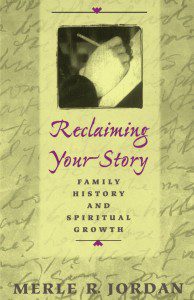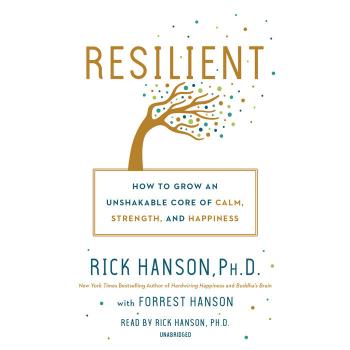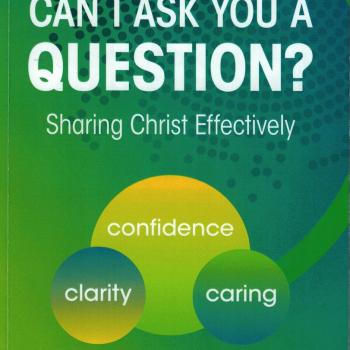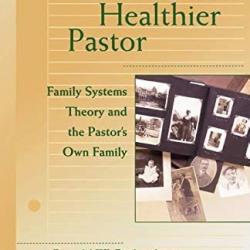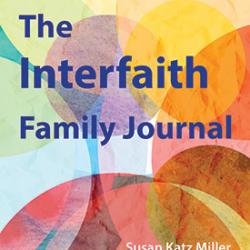Reclaiming Your Story by Merle R. Jordan
Reclaiming Your Story by Merle R. Jordan is about as the subtitle states: family history and spiritual growth. The central premise of the book is that (1):
“deep spiritual transformation may occur when you have differentiated from your family of origin so that you harbor no ultimate loyalties that would block a total commitment to God in Christ.”
Jordan offers his spiritual biography as an example of one person who has “reclaimed his story.” He states that when one understands their family origins and how it has shaped them, they can take charge of the “leftovers” to create the life that a person wants. This is ultimately the purpose of the book. Jordan shows the reader how this is done. He does this by taking the reader on a personal journey.
In the chapter “Whose Are You,” Jordan uses his own spiritual autobiography to explain how one’s family origin can influence a person’s life. In his own family, Jordan noticed how the negative signals of a conspiracy of silence, blame, and smother love, can really shape a person and hinder their relationship with God. He ends that stating that he had to (10) “wrestle with the will of God.”
His clinical work led him to understand that separation anxiety (caused by the death of his mother) prevented him from doing the work he was called to do. This caused him to realize that he needed the love of an eternal Parent (15-16). In psychological terms, every child needs “object constancy.” In spiritual terms, everyone needs an everlasting love. He states that Psalm 139 perfectly illustrates the object constancy of the Divine. Jordan ends this topic as he explores the nature of object constancy and death. He states that because of the fear of death, we develop self-atonement strategies.
Jordan describes the communication patterns which one may learn from their families and which one may use with God. He describes the communication defenses that may use to protect oneself from the difficult emotions one experiences. Then he states that these vulnerable emotions may be used to grow spiritually in one’s relationship to God, to others and to the self. Jordan shows how one can use hurt, fear, anger, guilt and love to grow spiritually (30-38). He then encourages one to write a spiritual autobiography and a genogram to lay out one’s family history.
Jordan then shares about how to face the lasting effects of one’s family origin. I would state this chapter addresses the lasting negative effects. Jordan explores how one usually deal with the trauma of abuse. It is here that he shares valuable wisdom. The defense of the victim of abuse shows itself in the following ways (44-48):
1. The relentless living of abusive relationships, either as victim or as perpetrator.
2. The reliance on identification with the aggressor as a basic mode of psychological defense.
3. The unshakable conviction of being the cause of the abuse, deserving the abuse, and being utterly bad.
4. The seeking of object contact through physical violence, sexuality, or some combination of the two.
There are other negative effects which must be overcome such as erroneous beliefs, oppressive inner voices, and psychic idolatry. Ultimately, the goal is for an inner bonding of the internal loving parent with the inner child. This can only come through through a proper relationship with a higher source of love and truth (a Divine Parent) which one can internalize. Along with confessing the emotional truth of the meaninglessness of one’s symptoms goes a long way toward healing. The final step is to move toward a solution-focused orientation. Along with using a narrative approach to one’s life, this solution-focused orientation can bring real healing to the hurts of one’s past.
Jordan shares how to “rewrite the script” of one’s life. This process takes time and requires tools that many people would not normally use. One can choose to overcome the “hot buttons” that push emotional reactivity by learning different approaches. One can learn to use spiritual direction combined with counseling. Jordan suggests “voicing your own judge and critic” to benefit yourself. He suggests using the “empty chair,” letter writing, and graveside conversations to help one heal from trauma and difficult experiences. He suggests giving a name to my inner child and to learn to be a parent to that inner child. He also lists ways to reflect on one’s patterns of relationship with authority (95-99).
I was assigned to read this book for my second Clinical Pastoral Education course at Mercy Hospital in Springfield, Missouri. Like another book I was assigned, Healing Through the Dark Emotions, this book explores the emotional side of spirituality. Jordan does not give a theological explanation for God’s love. Instead, he gives a psychological explanation. Occasionally, he references the Bible. But many times he doesn’t need to because the basic premise is found clearly in the Bible. God is love. Jordan shows how my past – specifically my past with my family can inhibit my ability to see God as love. Thankfully, Jordan gives a variety of tools to help the reader come to see God as the Divine (and loving) Parent that He is. For those who have struggled with their past and want to see a different take without all of the theology, I highly recommend this book.


